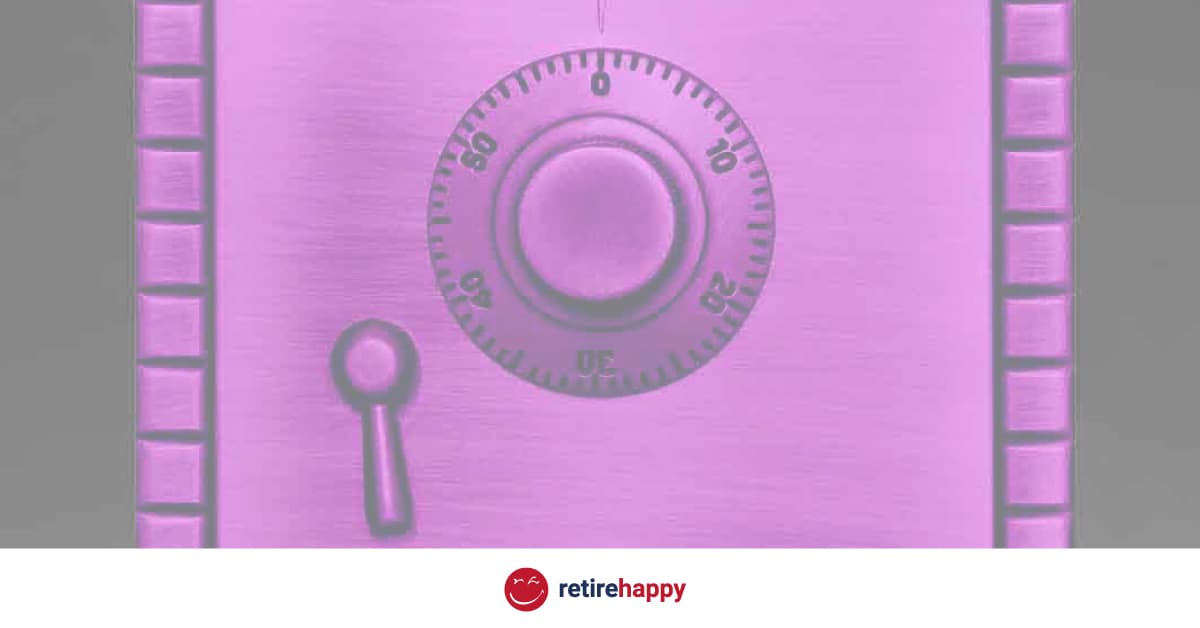How to secure your money in retirement

Presented by CDIC.
Many investors are familiar with Canada Deposit Insurance Corporation (CDIC), the organization that protects eligible deposits held at some Canadian financial institutions. But did you know that there are several ways that CDIC can help you secure your money in retirement? In this article, I’ll show you a few ways you can maximize your CDIC coverage to better protect your retirement nest egg.
What is CDIC?
Since it was established as a Crown corporation way back in 1967, CDIC has provided deposit protection for Canadians, on the money they hold at banks, federally regulated credit unions, as well as loan and trust companies and associations governed by the Cooperative Credit Associations Act that take deposits. In other words, if your bank were to fail, any CDIC eligible deposit you own would be protected automatically, up to $100,000 across each of their seven coverage categories. So, depending on how your savings are divided up, you could be eligible for coverage well in excess of $100,000. Currently, CDIC counts 86 financial institutions amongst its membership, and perhaps rather surprisingly, no fewer than 43 institutions have failed since 1967, all backed by CDIC.
CDIC coverage at-a-glance
Before we take a closer look at how CDIC can help secure your retirement, here’s a summary of what’s covered by deposit insurance, and what isn’t. For full details, make sure you visit the CDIC website.
What is covered
- Savings and chequing accounts
- GICs and term deposits with maturities up to 5 years (Starting April 30th, 2020 coverage will be extended to deposits with terms greater than 5 years)
What’s not covered
- Mutual funds
- Stocks or bonds
- Accounts held in a foreign currency ie. USD (Starting April 30th, 2020 deposits held in foreign currencies will be protected)
- Cryptocurrencies
How is CDIC funded?
CDIC is unlike most other insurance coverage you may have had experience with. For starters, depositors don’t pay premiums to have their account(s) protected by CDIC. Instead, CDIC is funded through premiums paid by its member institutions. There is also no application requirement with CDIC. As long as your money is deposited in a CDIC eligible account, you are automatically covered. Lastly, unlike most insurance policies, you’ll never have to make a claim with CDIC.
Deposits held in a trust
Many people don’t realize that CDIC protection extends to trusts. This can be of benefit when you retire. If you’ve established a trust to pass on family property or are considering doing so, CDIC provides each beneficiary named in the trust with up to $100,000 of coverage for any eligible cash and term deposits. It’s important to note, however, that a trust must meet CDIC’s Trust Disclosure Rules in order for the deposits to be protected separately from other deposits held in the name of the trustees and/or beneficiaries.
One such rule states that the trust must be valid according to the laws of the province in which it’s established. While this only makes sense, keep in mind that trusts can be fairly complex arrangements, with many beneficiaries. As such, it’s important that you make sure your trust is set up properly, in compliance with the rules where you live.
Liquidate your home equity by downsizing
If you’re like many retirees, you’ve probably considered downsizing to a smaller property at some point, such as a condo, or apartment. In fact, more and more retirees are including their home equity in their retirement planning. Of course, if you plan to pull income from the sale of your home, you want to make sure that those funds are secure.
While you may decide to invest some of your home equity nest egg in stocks or mutual funds, CDIC is there to protect the funds held in eligible deposits, like savings accounts and GICs, whether registered or non-registered. To get a handle on where your funds are currently invested, and whether your deposits are CDIC insured, check out this CDIC coverage calculator.
CDIC coverage categories
Canadians tend to keep their money in more than one bank account, across multiple financial institutions. Thankfully, CDIC has you covered, by insuring eligible deposits separately across seven different coverage categories, as follows:
Deposits held in one name – If you have an eligible account in just your name, CDIC protects you for up to $100,000
Deposits in more than one name (joint account) – In addition to the single account above, if you have funds in a joint account, it is protected separately, for up to $100,000.
Deposits held in a Registered Retirement Savings Plan (RRSP) – Your eligible RRSP account is protected for up to an additional $100,000.
Deposits held in a Registered Retirement Income Fund (RRIF) – If you hold eligible funds in an RRIF, they are protected up to $100,000 as a separate category.
Deposits held in a Tax Free Savings Account (TFSA) – Funds held in an eligible TFSA account are protected with up to $100,000 of coverage.
Deposits held in a trust – As I mentioned previously, each beneficiary in a trust receives an additional $100,000 of CDIC coverage. This is contingent upon certain disclosures being met.
Deposits held in mortgage property tax accounts – If you have funds that are being held in a separate account to cover annual property taxes on a mortgage, they are also protected by CDIC.
Is your money protected when you retire?
From coverage on trust funds to protecting equity that’s drawn from a primary residence, there are a few ways CDIC can help secure your money in retirement. But how do you know which of your accounts are covered, and for how much? As I mentioned previously, the average Canadian retiree holds multiple bank accounts at more than one financial institution, so it can be hard to keep track. That’s why CDIC has developed a handy coverage calculator, to help you make sure your funds are secure. Take a moment and check it out today!

Comments
Canadian coverage is very weak compared to our neighbors in the USA. Jointly held GICs in the States have dual coverage for each holder which effectively doubles the coverage which by the way is $250,000 not $100,000 as in Canada.
This is the first I am hearing about coverage extending past 5 years. Very interesting . Do you think more institutions will start offering 6 and 7 year GIC terms?
Thanks
Can you confirm stocks inside of RRSP’s and TFSA’s are not covered? And what about REIT’s?
The CDIC website linked in the article is the definitive answer to your questions. For the purposes of CDIC deposit insurance, a REIT is the same as a stock.
I enjoy your articles Tom, thanks. – So cash siting in your savings account at one of Canada’s big 5 are covered. What about cash sitting in an investment/trading account with the bank. Is that covered – is it even at risk?
This is an amazing article, i have learned lot about Insurance from this article. I will try to incorporate all these methods as well.